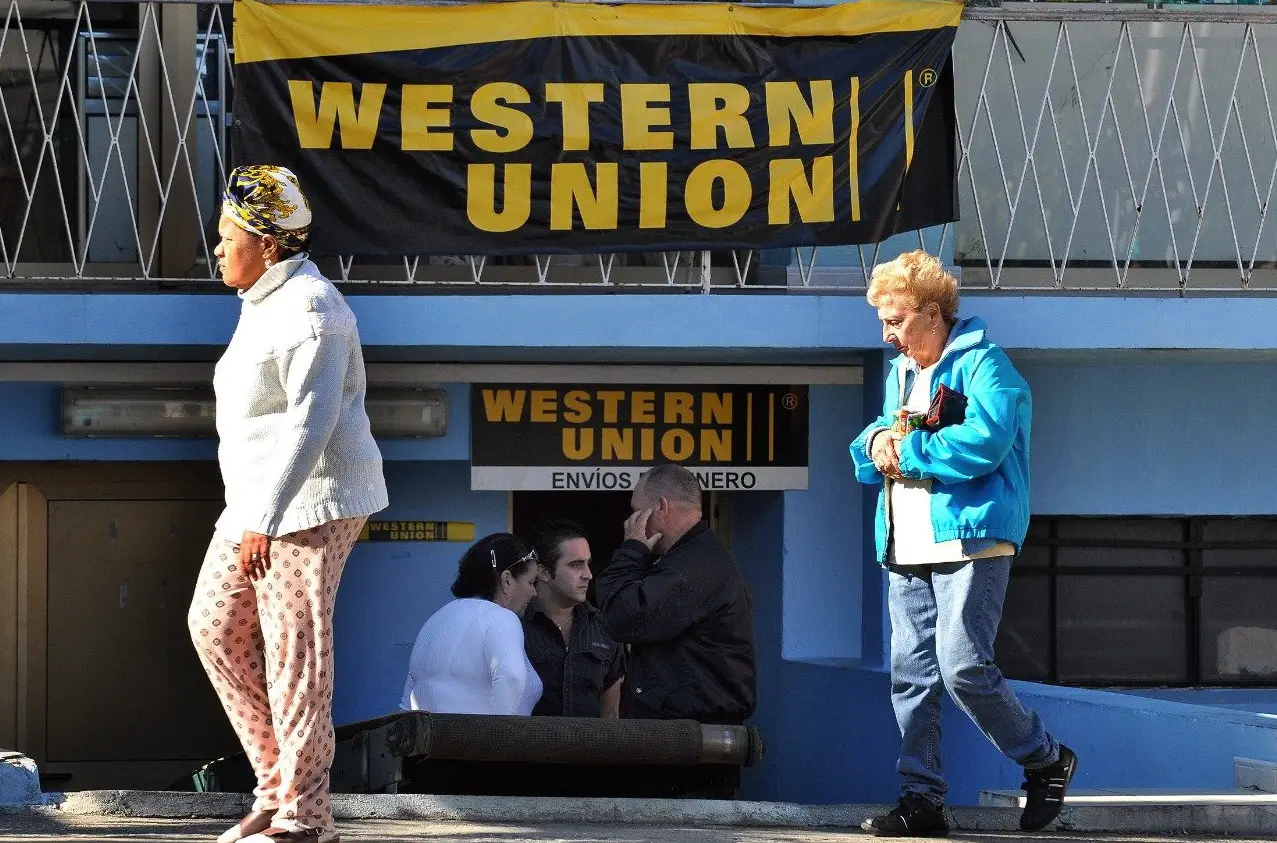Irregular migration and remittances
Remittances have become a significant factor for Central American economies. More than 70% of the remittances that reach this region come from the United States. In the case of Honduras, this figure even reaches 90%. The increase in employment in the U.S. sectors where migrants work, such as food and beverage services, healthcare services, and construction, has contributed to the growth of remittances to Latin America. According to a report by the U.S. Census Bureau, the foreign-born population from Latin America was 23.2 million, half of the 46.2 million foreign-born people living in the United States in 2022. Of these, only Mexico and Central America accounted for 14.6 million.
The consumption of recipient families, stimulated by remittance flows, focuses on meeting basic needs, healthcare, and education. However, this consumption can extend to what are known as luxury purchases, with the main examples being the acquisition of high-end appliances, mobile phones, and designer clothing. Beyond luxury consumption, in some cases, the local economy has been strengthened through increased investments in small businesses, agriculture, and land or farms.
The enormous flow of foreign currency is a great business opportunity for commercial banks and helps maintain a stable level of international reserves for Central Banks in recipient countries. According to a survey commissioned by the Inter-American Development Bank (IDB), remittance recipients are increasingly interested in accessing more financial services. However, most migrants do not have a valid entry visa to the United States, a social security number, and often have lost their identification documents during transit, or are too young to have an ID when they leave their country.
How remittances work
The mechanisms migrants use to send money to their families depend on their legal status. Those with a formalized legal situation typically transfer their remittances through bank transfers. Many of those residing in the United States receive their salaries primarily in cash or as checks due to the nature of the jobs they perform, which often pay low wages. A large proportion of Central American migrants are undocumented, preventing them from receiving wages through direct deposit. Furthermore, low levels of education and financial inclusion make it difficult to send remittances through the banking system.
It is reported that around 92% of remittances in the United States-Central America corridor are transferred through formal remittance service providers. Central American migrants, many of whom are undocumented, are attracted to the lax requirements of money transfer operators (MTOs) like Western Union or MoneyGram for transfers under $3,000, and they do not need to provide any identification unless circumstances are deemed suspicious.
According to the World Bank, traditional banks represent the most expensive method for sending remittances, with a commission close to 11.8%. On the one hand, MTOs maintain commissions averaging 5.4%, while mobile phone operators charge 4.5%. Remittance operators from the United States are among the least expensive for the Latin American region. According to the Remittance Prices Worldwide database, the cost of sending remittances to Honduras was 3.7% in the fourth quarter of 2023. This dominance of remittance companies over banks is largely due to the reduced profit margins on remittances, which have led many banks to lose interest in the market. The global trend shows a greater penetration of so-called “fintech” in the remittance market.
As expected, fintech applications (“digital financial technology”) are rapidly penetrating the remittance market. This is because, in addition to reducing costs and speeding up transactions, fintech can promote financial inclusion for people without a bank account. The predominant use of formal remittance channels creates an environment conducive to financial inclusion, which has yet to be fully leveraged. Separate from bank branches and agent networks, digital remittances can reach remote and low-income households.
Digital remittances have gained popularity, particularly since the onset of the COVID-19 pandemic. However, the adoption of these technologies has lagged behind more “traditional” cash-based transactions for various reasons, including low levels of financial inclusion and digital literacy, and regulations that have created significant entry barriers for fintech companies.
The microfinance institution market is still small and is finding its niche. Despite a growing network, the availability of remittance services in rural areas is limited. Credit unions facilitate access to remittances in rural areas of Honduras, but they show very little flexibility. In 2006, cooperatives distributed about 20% of all remittances sent to rural areas. For security reasons, further expansion of the remittance payment agent network is limited.
What can be done?
Given the importance of remittances for the proper functioning of the economy in countries like those in Central America, it is crucial to promote the appropriate framework that allows for greater financial inclusion for households receiving remittances. One of the biggest obstacles is the existing regulations to combat money laundering from drug trafficking. Experience has shown that innocent people continue to pay the price for criminals. Authorities should adopt a balanced approach between mitigating money laundering risks and improving access to financial services. It is important to regulate money transfer companies first to create a level playing field.
The regulatory framework should be solid, predictable, non-discriminatory, and proportionate. It should address transparency, ensure consumer protection, and require money transfer service providers to be accountable for their services. If overly complex requirements are imposed on newly regulated companies from the outset, they may be discouraged from obtaining a license and may operate illegally.
It is necessary to harmonize and better coordinate state regulations and inspections of money service businesses. The main challenge is to develop the necessary infrastructure for a payment system that leads not only to greater financial inclusion but also to promote sustainable investments in both community infrastructure and private investment.
Despite the progress, what has been done is insufficient, considering the existing potential. Migrants’ motivation to help their communities demands more support.













